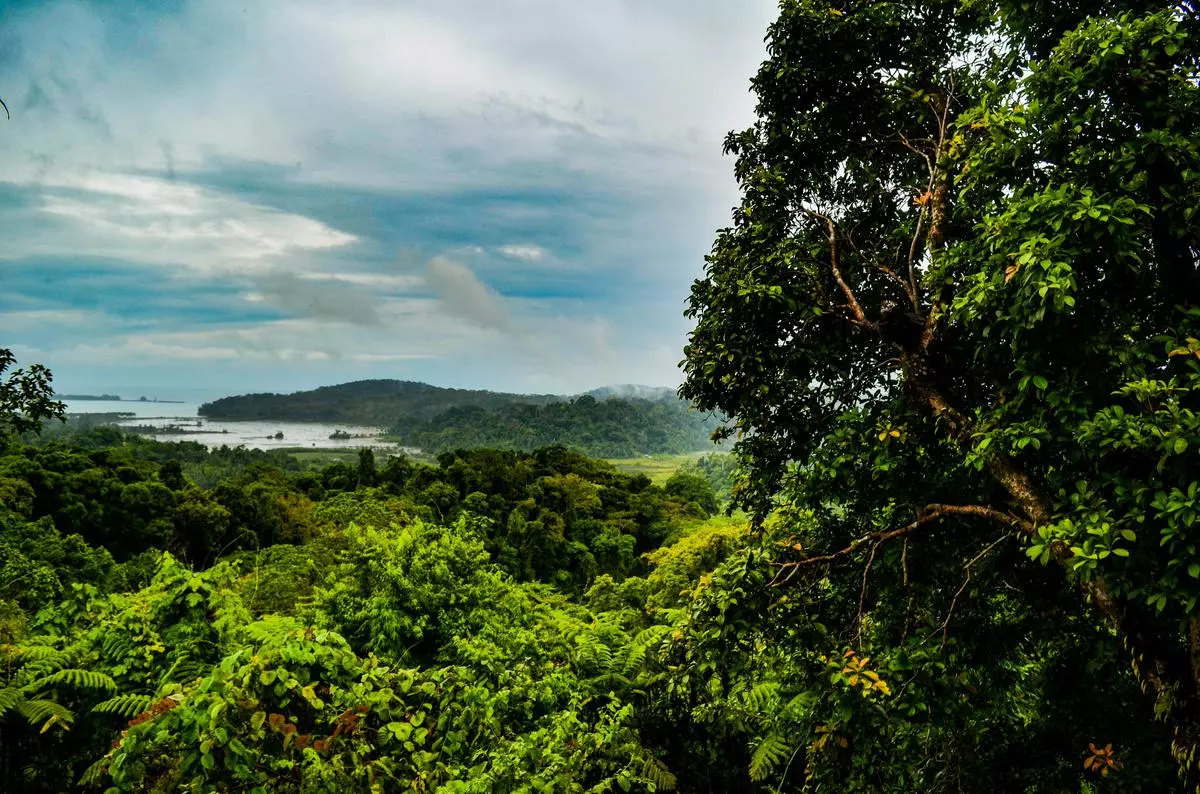The Hang Son Doong collapse Vietnam, positioned in Quang Binh Province inside Phong Nha-Ke Bang National Park at the moment holds the title as the biggest recognized cave on the planet. With dimensions exceeding three miles (5 km) in size and 660 toes (200 m) in top, this pure marvel may home 15 Great Pyramids of Giza inside its huge chambers. Its monumental passages are so spacious {that a} Boeing 747 may hypothetically fly by way of components of the cave. The distinctive “skylights” within the cave’s limestone construction enable daylight to flood in, nourishing two jungles nestled inside the cave, and creating an ecosystem in contrast to every other on Earth.
A Discovery Decades within the Making
As per a current report by LiveScience, Hang Son Doong, that means “Mountain River,” was first found by Ho Khanh, an area resident, in 1990. Khanh stumbled upon the cave whereas searching, noting the frenzy of wind and sound of water echoing from inside. However, surrounded by dense foliage, he was unable to relocate it till 2009. That yr, Khanh efficiently led a workforce from the British Cave Research Association, together with cave knowledgeable Howard Limbert, to its entrance. Limbert, technical director at Oxalis Adventure, which now organises excursions of Son Doong, described the invention as monumental, with the workforce shortly recognising its scale and significance.
A Cave of Record-Breaking Dimensions
Upon detailed exploration, researchers decided that Hang Son Doong has a complete quantity of round 1.35 billion cubic toes (38.5 million cubic metres). This makes it the biggest pure cave ever measured. In 2019, divers discovered an underwater tunnel connecting Son Doong to Hang Thung, including one other 57 million cubic toes (1.6 million cubic metres) to its quantity. Limbert in contrast the invention to “finding an additional peak on Mount Everest,” underscoring the cave’s unmatched scale within the subterranean world.
A Natural Masterpiece and Ecosystem
Beyond its measurement, Son Doong options outstanding geological formations. It homes one of many world’s tallest stalagmites, standing 260 toes (80 m) excessive, and consists of the Great Wall of Vietnam, a calcite barrier that challenged explorers on their preliminary visits. The cave’s fossil passages provide a glimpse into the world’s historical marine historical past, with fossils from sea creatures that when inhabited the area. Inside the Passchendaele Passage, named after a World War I battlefield, explorers encounter muddy terrain that mirrors the historic battlefield’s circumstances.
In the center of the cave, the collapsed ceiling kinds skylights that enable mild to achieve its depths, nurturing thriving jungles and finishing the surreal panorama of Son Doong.















